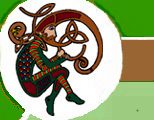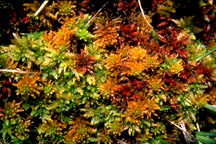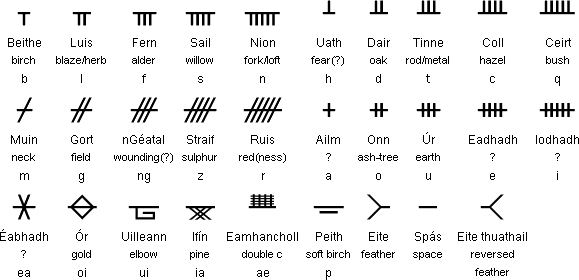 |
The workshops this year at the Eugene Irish Cultural Festival. March 3rd at Sheldon High School, will be led by world class musicians who are masters of Irish tradition music. Here are the descriptions: |
Irish Flute and Tin Whistle Workshop (3:00 – 4:30 pm)
Catherine McEvoy, from Co. Meath, has been a senior flute teacher for years at the most well known and attended summer Irish traditional music program, the Willie Clancy Summer School. This workshop will be intermediate to advanced level. Bring your Irish or concert flute and/or tin whistle, along with a recording device. Learn a tune, technique and ornaments from this awesome Irish musician who plays Irish flute in the Sligo/Roscommon style.
Irish Fiddle Workshop (3:00 – 4:30 pm)
Taught by two wonderful fiddlers of Irish music, Patrick Ourceau and Randal Bays. Bring your instrument and a recording device, learn a tune with Irish bowing and ornaments from these two world-class fiddlers. This workshop will be taught at an intermediate level, but all levels are welcome.
From the Grand Banks to the Sierras, An Illustrated Seminar on the Cultural History of Irish Traditional Music in North America (3:00 – 4:30 pm)
Presented by Gearóid Ó hAllmhuráin, professor of Irish Studies and professor of Music at the University of Missouri, St. Louis, and author of the popular book, “A Pocket History of Irish Traditional Music.†This talk features archival and contemporary recordings from various Irish music communities in Newfoundland, Québec, the Ottawa Valley, the East Coast industrial cities (Boston and New York), the Midwest and various West Coast Irish music communities.
Irish Guitar Workshop (3:00 – 4:30 pm)
Aidan Brennan, who lives in Co. Laois, has played backup guitar with Kevin Burke, Susan McKeown, Martin Hayes, Loreena McKennitt, Johnny B. Connolly and many other Irish musicians. Bring your guitar and a recording device. Learn how to back Irish jigs and reels in several different key positions with DADGAD tuning. This workshop will be beginner to intermediate level, but all levels of musicians are welcome.
Walking With Giants (3:00 – 4:30 pm)
A very special talk by one of Ireland’s finest button accordion players, James Keane, who grew up in Dublin and started playing accordion at the age of six. By the age of 10, James had become a fixture in the late 1950s Dublin traditional music scene where he literally walked among the giants of music and honed his skills under their guidance and artistry. This talk comes from a series of presentations that have been recorded by the Smithsonian and are being produced as a series of CDs.
Uilleann Pipes Presentation and Performance (2:00 – 2:45 pm)
A presentation with Eliot Grasso where everyone can learn what the Uilleann pipes are, their history, how they work and their unique sound in traditional dance music. Eliot has been playing the Uilleann pipes since the age of 11 and is currently a graduate student of ethnomusicology in the Irish World Academy of Music and Dance at the University of Limerick.
Uilleann Pipes Workshop (4:30 – 5:15 pm)
A workshop for Uilleann pipers with Eliot Grasso who has been playing the Uilleann pipes since the age of 11 and is currently a graduate student of ethnomusicology in the Irish World Academy of Music and Dance at the University of Limerick. Bring your pipes and a recording device. Learn a tune and ornamentation. This workshop will be tailored for pipers between beginning and intermediate levels, but pipers of all levels are of course welcome.
Share

 Sphagnum Moss (in the picture to the right) is the primary component of peat. As the moss grows taller, it blocks sunlight from it’s lower parts, which then die. Most solid material doesn’t decompose in bogs – it gets preserved. Every year where Sphagnum moss thrives, the peat bogs will grow an average of 1 mm higher. Hundreds or thousands of years later, humans dig up the peat, find interesting artifacts preserved in the peat, dry out the peat (which is then called “turf”) and because the Sphagnum moss didn’t decompose, it is combustible, and is used for heating homes and cooking.
Sphagnum Moss (in the picture to the right) is the primary component of peat. As the moss grows taller, it blocks sunlight from it’s lower parts, which then die. Most solid material doesn’t decompose in bogs – it gets preserved. Every year where Sphagnum moss thrives, the peat bogs will grow an average of 1 mm higher. Hundreds or thousands of years later, humans dig up the peat, find interesting artifacts preserved in the peat, dry out the peat (which is then called “turf”) and because the Sphagnum moss didn’t decompose, it is combustible, and is used for heating homes and cooking.
